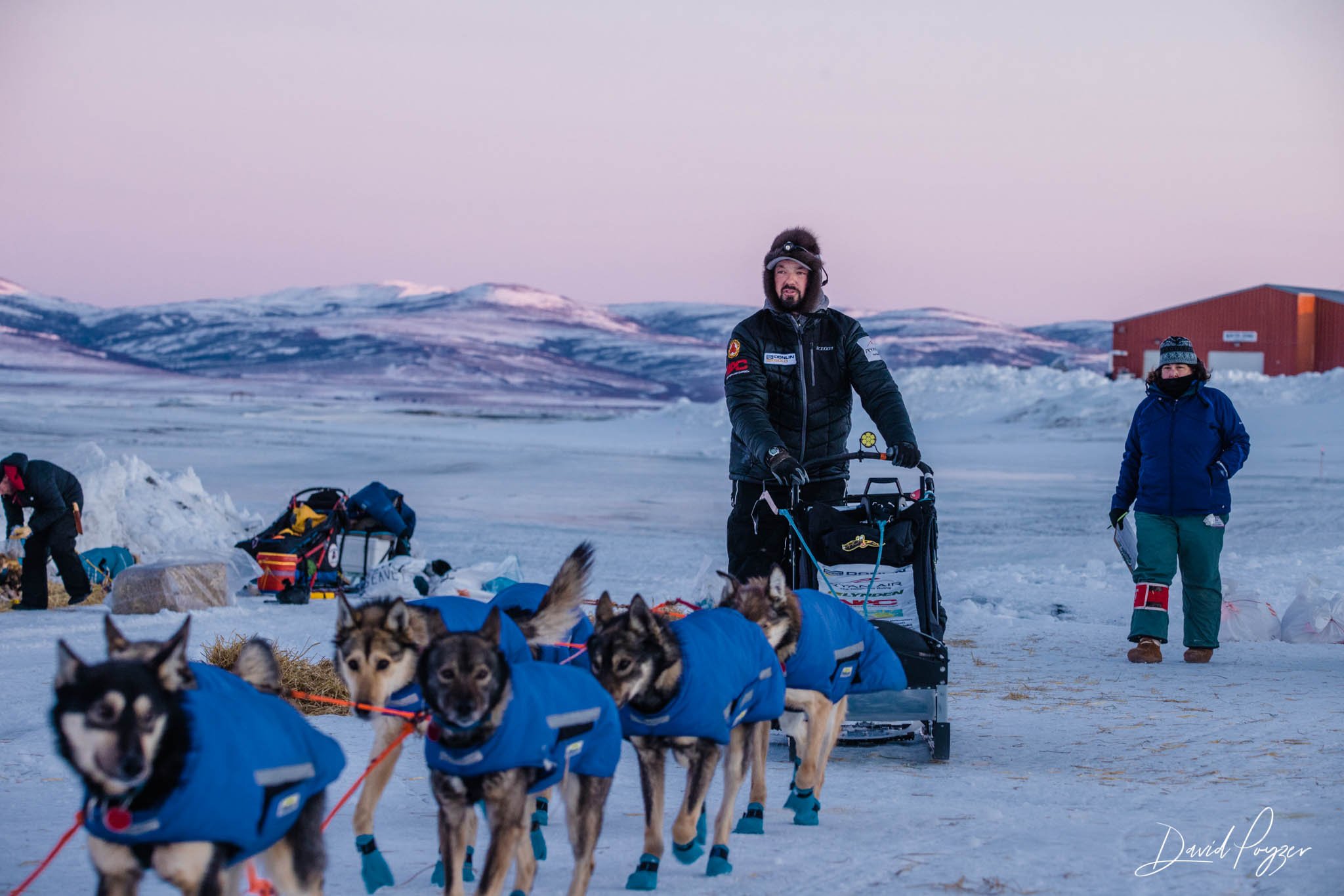Dog Digestion - Step By Step
The digestion of food is a long process, starting immediately when the dog gets food in its mouth and until the remains passes out from the large intestine. Follow the digesting journey step by step in this QRILL Pet blog post.
Dog feed comes in different shapes and sizes. Pellets and powders are shown above.
Mouth
The digestion starts in the dog’s mouth – not by enzymatic breakdown, but by mechanical tearing of the food to smaller pieces. Saliva containing electrolytes (hypotonic blend of water, sodium, potassium, chloride, calcium, bi-carbonate) is greasing up the food, making it easier to swallow.
Is a dog part of your health plan?
Stomach
Providing your animal food that they can easily digest and absorb is crucial for the dog’s wellbeing.
Down in the stomach, the food blends with gastric juice (hydrochloric acid, pepsinogen, pepsin, lipase, electrolytes), bringing the pH down from approx. 7.5 to 2-3. Now the enzymatic breakdown starts, and pepsin and lipase contributes to the breakdown of protein and fat. How much gastric juice is produced and how low pH drops, is dependent on what kind of food is eaten.
Read our first article of the blog series here: Basic nutrition of our best friend, the dog: water and energy sources
A typical feature of the canine specie is that dog's stomach may expand according to the meal size, making it able to eat few and large meals rather than many small. This is of great importance when living in the wild. Food can then be stored in the stomach and the dog controls how much should pass to the small intestine for further digestion.
How to choose the right marine omega-3 ingredient for pet food
Intestine
When the food is soup-like and has the right particle size after digestion in the stomach, it will be allowed into the small intestine (3.9 meters long). Pancreas is “alerted” and based on the composition of the food releases pancreatic juice with digestive enzymes (amylase, protease and lipase) and bicarbonate to raise the low pH of the food to approx. 6.2.
“The whole transit time of food from mouth to faeces will vary from 30 to 120 minutes, depending on the nutrient composition.”
Pancreatic juice also has antibacterial properties, a protein that kills E-coli, salmonella and other bacteria that may harm the dog. If the food contains fat, bile from the gall bladder is also released, to further assist in fat breakdown. The more fat in the diet, the more bile is released.
Carbohydrate and proteins are fairly quickly broken down, while fat takes more time. The maximum release of bile peaks at 30 minutes, indicating how fat breakdown is a slower process. 90% of the fluid is absorbed in the small intestine (a 20 kg dog will absorb 3 L daily), the rest will be absorbed in the large intestine.
Dinner is served! Dogs are able to store large amounts of food in the stomach before digesting it, which comes in very handy when out in the wilderness, where few and large meals are inevitable.
Read more about the health benefits of krill
The main task of the large intestine (0.6 m long, pH approx. 5.5-7.5) is to absorb electrolytes and fluid (10%), as well as bacterial break down (ferment) of nutrients that has escaped the small intestine (resistant starches, unabsorbed sugars, oligosaccharides, protein, enzymes and mucus).
The bacteria culture is complex and often consist of several hundred species, composition highly depended of the food usually eaten. In addition to creating gas and fermenting nutrients, they also produce short-chained fatty acids (SCFA acetate, butyrate, propionate).
These acids work as food for intestinal cells, hence the bacteria are important for the intestinal membrane integrity, and disturbed microflora means altered immune function, water- and electrolyte absorption and digestion.
The whole transit time of food from mouth to faeces will vary from 30 to 120 minutes, depending on the nutrient composition.
In our next article on dig nutrition, we will answer the question: is our best friend, the dog, a true carnivore?


































